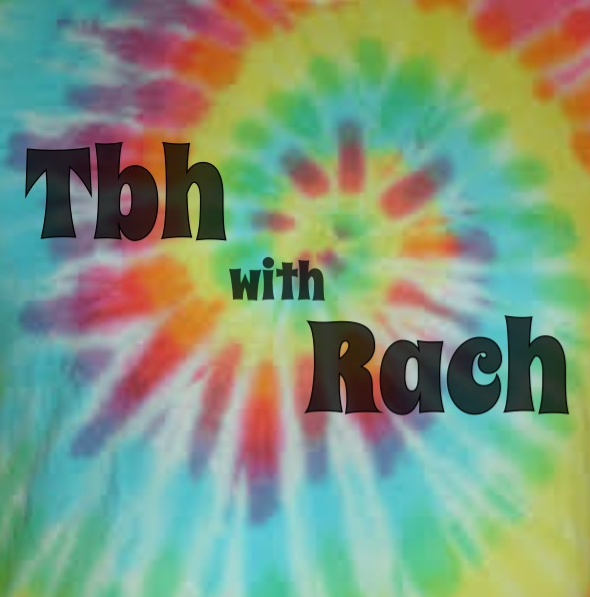Equality amongst the ages

March 5, 2015
Recently I went out with my friends to grab a quick bite. Now this doesn’t seem out of the ordinary right? Teenagers coming together to enjoy each other’s company, acting like any other adolescent individual.
However when I went up to the host stand, I was met with disrespect and discourteous responses for any questions I asked. Having a host ignore you when asking for a table of four isn’t the most ideal situation when trying to catch up with your companions, but, like any other hopeful person, I just assumed they didn’t hear me since the restaurant was busy. So I spoke again, expecting to hear a “yes mam” or “there’s a wait of thirty minutes or so.” Instead one of the hostesses retorted with “what do you want?”
At first I didn’t understand why I was being treated differently than the other customers, considering I had the same intentions as the others dining at the restaurant and wasn’t disrupting nor acting obscene to anyone. Then as I sat down, patiently waiting to be seated, I began to realize why I was faced with such disregard before. The workers at the restaurant seemed to show discrimination toward teenagers.
Restaurants are not the only culprits either. Retail stores, movie theaters, and grocery stores are all prime examples of businesses that express ageism towards young adults.
Last year a grocery store in Lake District refused to sell eggs and flour to “young people” during Halloween because they had reason to believe these products would be used to be thrown at elders in the community. The market also only allowed two teenagers in at a time because people between the ages of 16-18 are known to shoplift. This is just one of multiple examples of communities expressing discrimination towards younger adults.
The average teenager who works part time makes a weekly income of about $177, that adds up to $9,204 a year. Now this isn’t nearly enough money for an individual to live on but it’s money that is usually contributed to the family’s overall budget and I think that deserves some recognition.
Of course the situation can be reversed. Adults are often replaced by younger workers due to their “fresh perspective” on the products or their greater amount of stamina in the workplace. About 64 percent of a poll taken admit they have experienced age discrimination in the companies they work for and 92 percent of that statistic detail how common this segregation is in their everyday lives such as being denied the right to apply for a job because of age or replaced by someone younger without any cause to fire the individual beforehand.
Discrimination is offensive regardless of the type. Just because I am sixteen, I am more closely monitored at gas stations since teenagers are known to steal from hole-in-the-wall stores. I’m well aware that 18-20 percent is the acceptable amount to tip your waiter, but servers still dread to wait on me because they assume I’m just another clueless teenager. Even parents fail to recognize their sixteen or seventeen-year-olds as mature, capable young adults who, in some cases, have a job and pay for their own luxuries now.
My point is ageism towards younger adults is unacceptable. We should be treated with the same respect and appreciation as adults.



